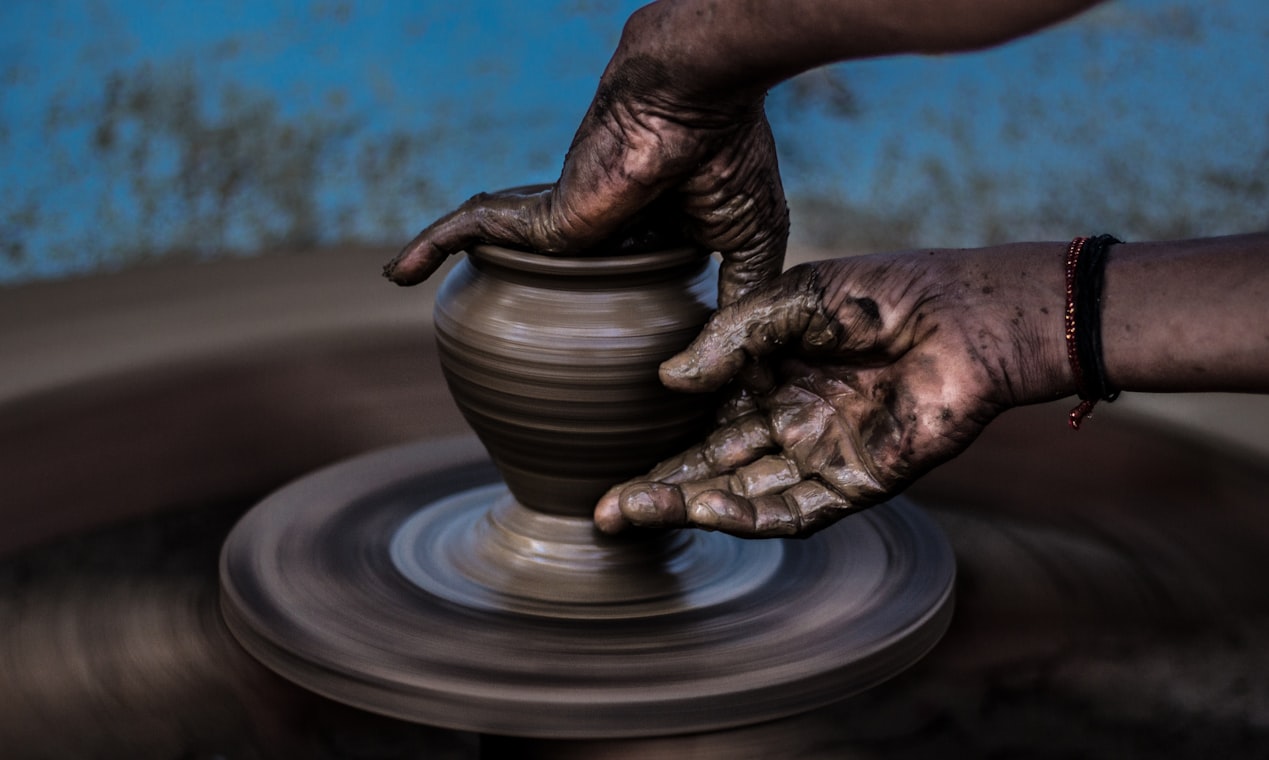A Quick Overview Of Ceramics And Pottery
The distinctions between earthenware, stoneware, and porcelain, as well as ceramics and pottery, are often asked about.
This blog post provides a basic explanation as well as an introduction to these often used terms.
The terms "ceramics" and "pottery" are interchangeable.
The name "ceramic" is derived from the Greek word "ceramica," which meaning "pottery" or "for pottery."
Both pottery and ceramic refer to items composed of clay that have been fired to harden them before being decorated or glazed.
Clay is a natural material produced from weathered rock. It's a fantastic option for tableware since it's soft, malleable, and will firm permanently if baked at high temperatures.
Ceramics and pottery are separated into three groups. The three categories are earthenware, stoneware, and porcelain.
Earthenware Made Of Clay
Clay is used to make earthenware, which is fired at temperatures between 1,000 and 1,150 degrees Fahrenheit. This results in a hardened yet brittle material with microscopic holes that allow liquid or air to flow through, making it unsuitable for water confinement.
To correct this, a glaze is put to the item before lightweight pottery is kiln-fired a second time to make it waterproof.
Stoneware
Stoneware is made using a unique clay that is fired at a greater temperature of 1,200 degrees Celsius. As a result, the material gains durability and a denser, stone-like look. Unlike earthenware, the finished product will be waterproof and will not need glazing.
Porcelain
Porcelain is created from finely ground clay that is fired at temperatures ranging from 1,200 to 1,450 degrees Celsius. The finished result is a brittle, glossy material with a white, clear look.
The earliest variations of porcelain were made in China about 1600BC, and this connection popularized the term "fine china," or "bone china," which refers to porcelain that has had powdered animal bone added to the clay to make it even more durable.
The temperature at which the clay is burnt, as well as the finished items' strength, water resistance, and durability, will be the primary points of comparison between Earthenware, Stoneware, and Porcelain.
Although Stoneware and Porcelain will be the two more lasting varieties of ceramic generally used as tableware at home, the quality of the products will be influenced by the quality and purity of the clay used to produce them.


